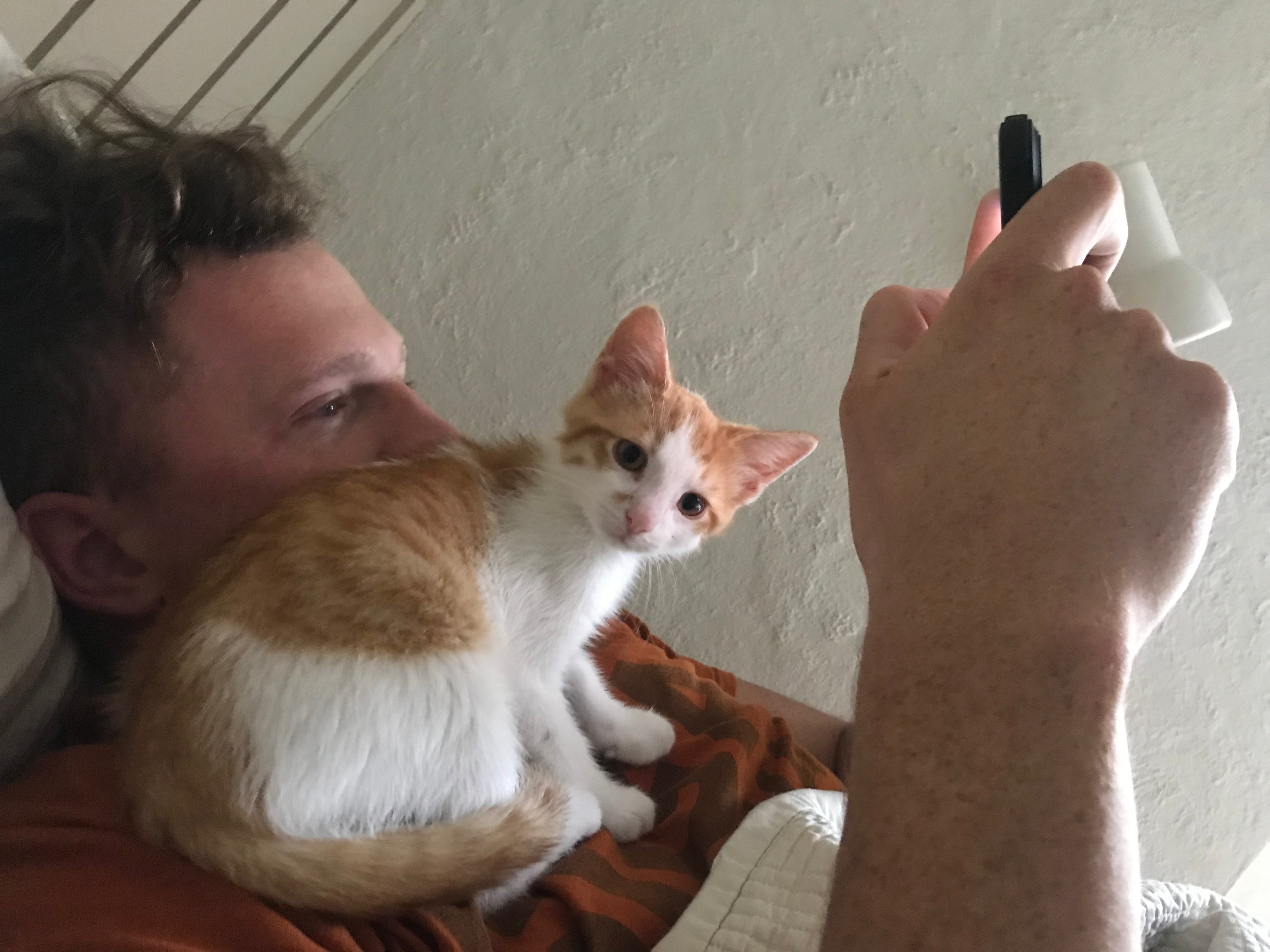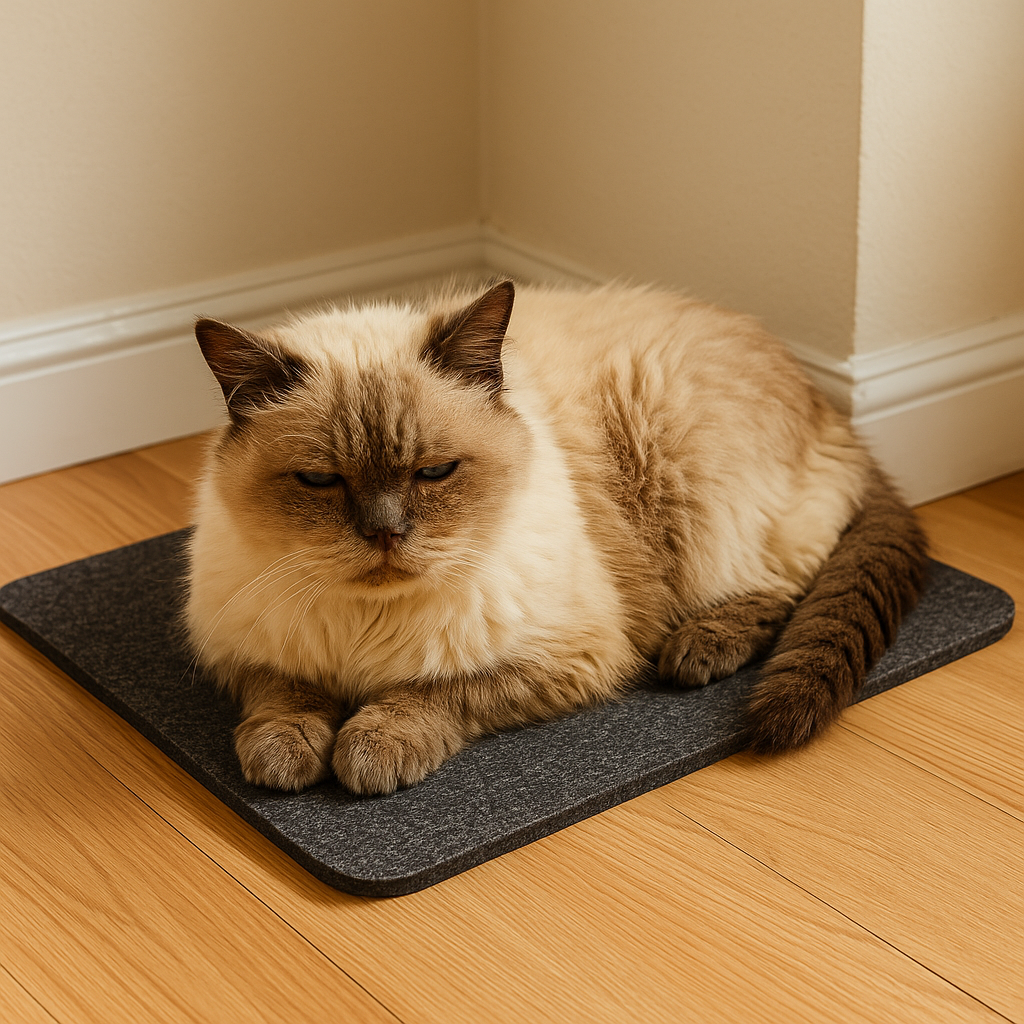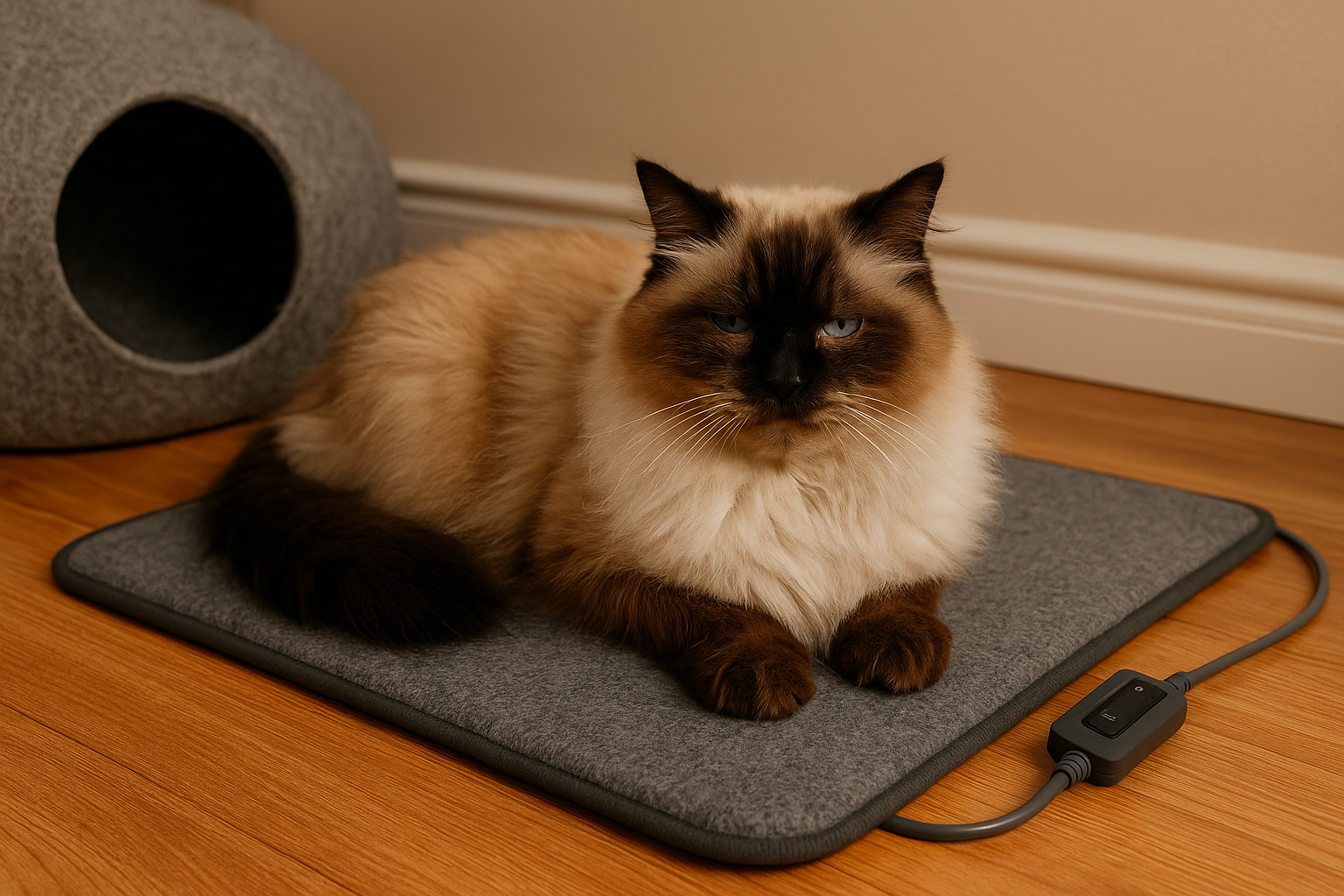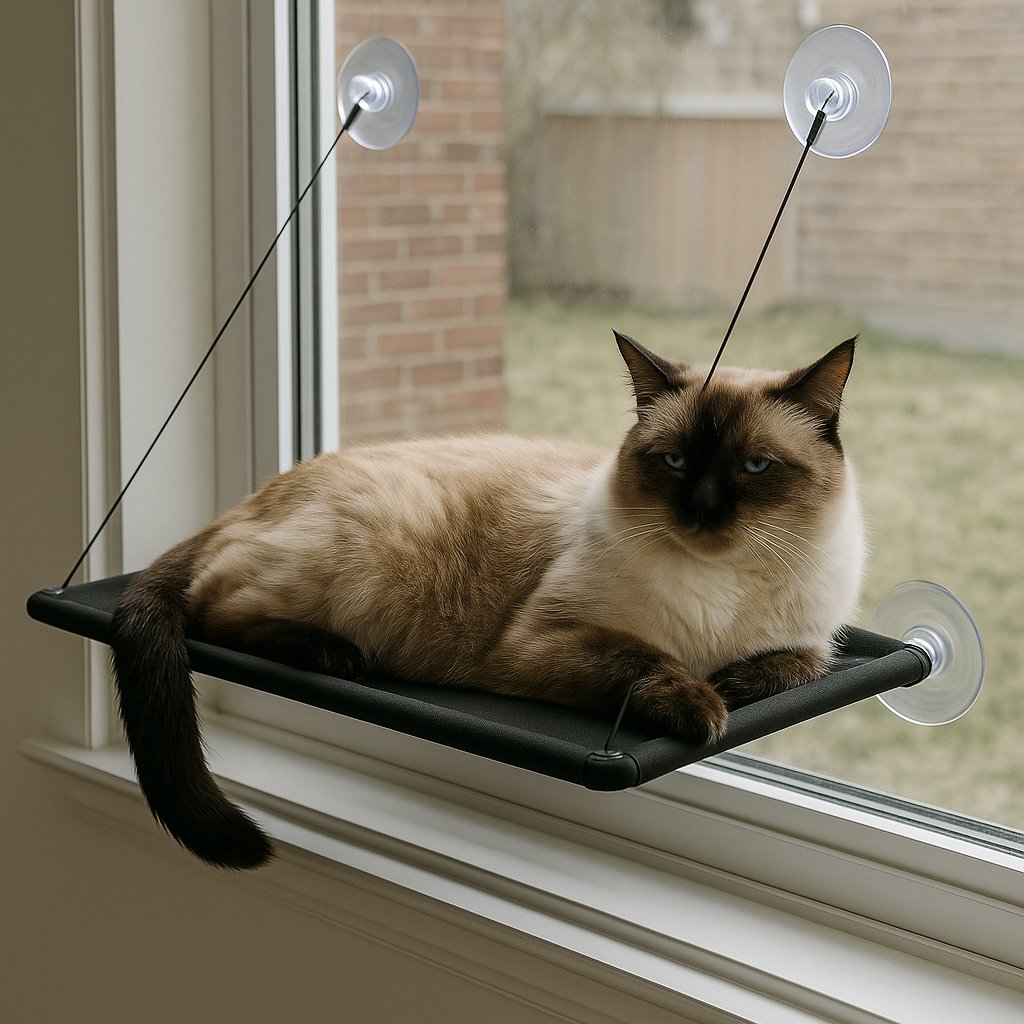Vet-Approved 2025 Guide: Understanding Cat Anxiety 🐱💛
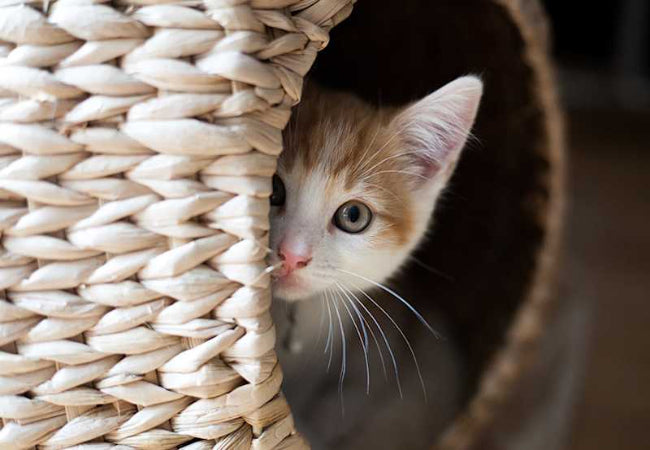
In this article
Vet-Approved 2025 Guide: Understanding Cat Anxiety 🐱💛
Cats, like humans, can experience anxiety. Recognizing the signs early can help you support your feline friend and prevent stress from impacting their health and wellbeing. Anxiety in cats often manifests through behavioral changes, body language, and physiological responses.
🐾 Common Signs of Anxiety in Cats
-
Hiding:
An anxious cat may retreat to secluded areas—under furniture, inside closets, or behind curtains. Prolonged hiding is often a clear indicator that your cat feels unsafe or stressed. -
Vocalization Changes:
Excessive meowing, yowling, growling, or even hissing may occur. The tone, frequency, and context of vocalizations can indicate heightened anxiety. -
Aggression or Irritability:
Sudden aggression toward humans or other pets, unprovoked swatting, or biting can be a stress response. -
Over-Grooming:
Anxiety can trigger compulsive behaviors like excessive licking or fur pulling. Bald spots or irritated skin may develop from over-grooming. -
Appetite Changes:
Stress may cause cats to eat less, skip meals, overeat, or suddenly reject previously favored foods. -
Litter Box Issues:
An anxious cat may urinate or defecate outside the litter box, even if previously well-trained. This can be a response to stress, territorial issues, or environmental changes. -
Restlessness or Pacing:
Cats experiencing anxiety may pace, roam, or struggle to settle, often appearing “on edge.” -
Dilated Pupils:
Widened pupils can indicate that your cat is in a heightened state of alertness, ready to react to perceived threats. -
Body Language:
Signs include a lowered or arched back, flattened ears, a puffed-up tail, and tense posture. -
Increased Startle Response:
An anxious cat may react dramatically to sudden noises, movements, or new objects in the environment.
🩺 What to Do if Your Cat Shows Anxiety
If you notice any of these behaviors, it’s important to:
-
Consult a Veterinarian: Rule out underlying medical conditions such as pain, urinary issues, or thyroid problems that could mimic anxiety.
-
Behavior Modification: Gradual desensitization to triggers and positive reinforcement can help reduce anxiety over time.
-
Environmental Adjustments: Provide hiding spots, vertical spaces, consistent routines, and calming products like pheromone diffusers.
-
Medication (if needed): In severe cases, a vet may recommend anti-anxiety medications or supplements.
🌟 Final Thoughts
Understanding your cat’s body language and behavior is key to recognizing anxiety early. With a combination of veterinary care, environmental enrichment, and gentle behavior modification, most anxious cats can lead happy, relaxed lives.




